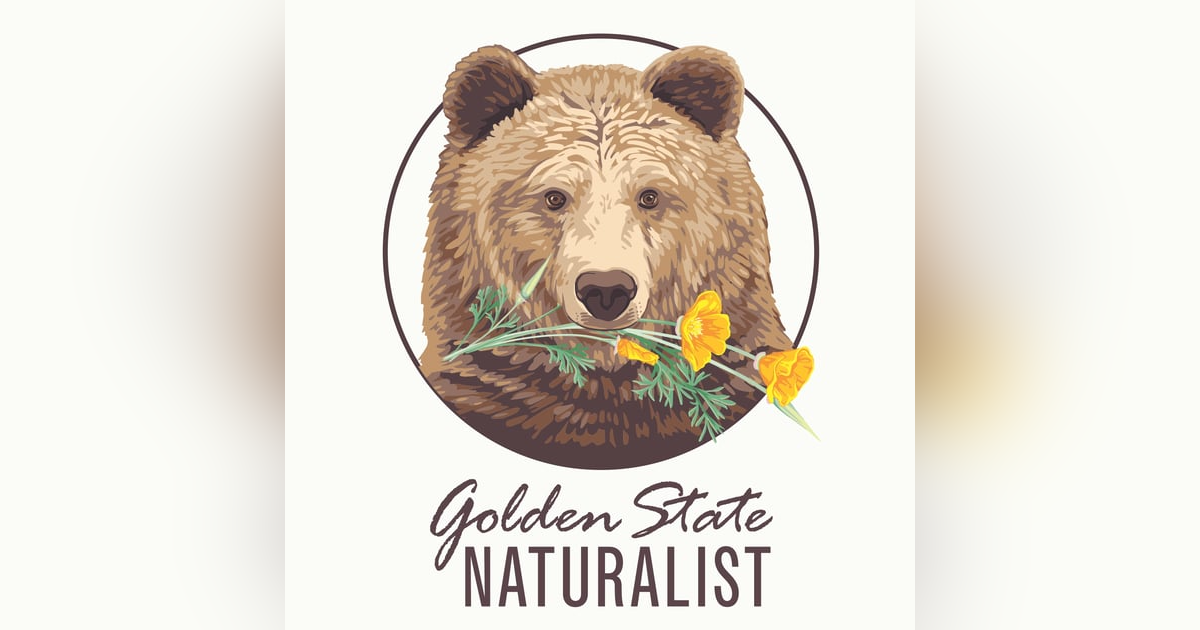Fire Ecology with Robin Lee Carlson


Hi there! It's season two now! Have you ever wondered what makes a "good fire" different from a "bad fire"? ME TOO. How about these: Which ecosystem needs fire more frequently--oak woodland or chaparral? What happens to animals during and after a wildfire? Are there any plants or animals with truly insane relationships with fire? (I'm going to spoil that one right now. Yes. Yes, there are.)
Join me and biologist, illustrator, and author Robin Lee Carlson as we hike Stebbins Cold Canyon, a UC Natural Reserve that's burned not once but TWICE in the past ten years. Robin spent years observing and documenting this place after both fires, eventually turning her sketches and observations into a beautiful book called The Cold Canyon Fire Journals. Listen to find out about fire-following beetles, foaming newts, the tragic lives of wood rats, flowers that ONLY bloom after fires, and so much more, including how Robin's whole perspective on fire changed after witnessing the abundance of life that follows the inferno.
Links:
Robin's Website: https://robinleecarlson.com/
Cold Canyon (Go for a hike! Just look out for poison oak!): https://naturalreserves.ucdavis.edu/stebbins-cold-canyon
UC Natural Reserve System: https://ucnrs.org/
NPR Article on Tribes’ fire knowledge in California: https://www.npr.org/2020/08/24/899422710/to-manage-wildfire-california-looks-to-what-tribes-have-known-all-along
Info on Fire Ecology from the National Parks Service: https://www.nps.gov/articles/learning-about-fire-ecology-basics.htm
Whispering Bells (fire-following flowers) from CalScape: https://calscape.org/Emmenanthe-penduliflora-()
UCANR Blog on Buckeyes: https://ucanr.edu/blogs/blogcore/postdetail.cfm?postnum=13272
NatGeo article on fire-chasing beetles: https://www.nationalgeographic.com/science/article/fire-chasing-beetles-sense-infrared-radiation-from-fires-hundreds-of-kilometres-away
Nature Conservancy Fire Training Program (Trex): https://www.conservationgateway.org/CONSERVATIONPRACTICES/FIRELANDSCAPES/HABITATPROTECTIONANDRESTORATION/TRAINING/TRAININGEXCHANGES/Pages/fire-training-exchanges.aspx
CalFire page on defensible space: https://www.fire.ca.gov/programs/communications/defensible-space-prc-4291/
CalFire Guide to Prescribed Fire: https://www.fire.ca.gov/media/2qlel0gn/cal-fire-prescribed-fire-guidebook.pdf
You can find me @goldenstatenaturalist on both Instagram and Tiktok. You can find Robin @anthropocenesketchbook on Instagram.
My website is www.goldenstatenaturalist.com
The theme song is called "i dunno" by grapes, and you can find it and the Creative Commons license here: http://dig.ccmixter.org/files/grapes/16626
SUMMARY KEYWORDS






















































